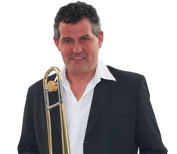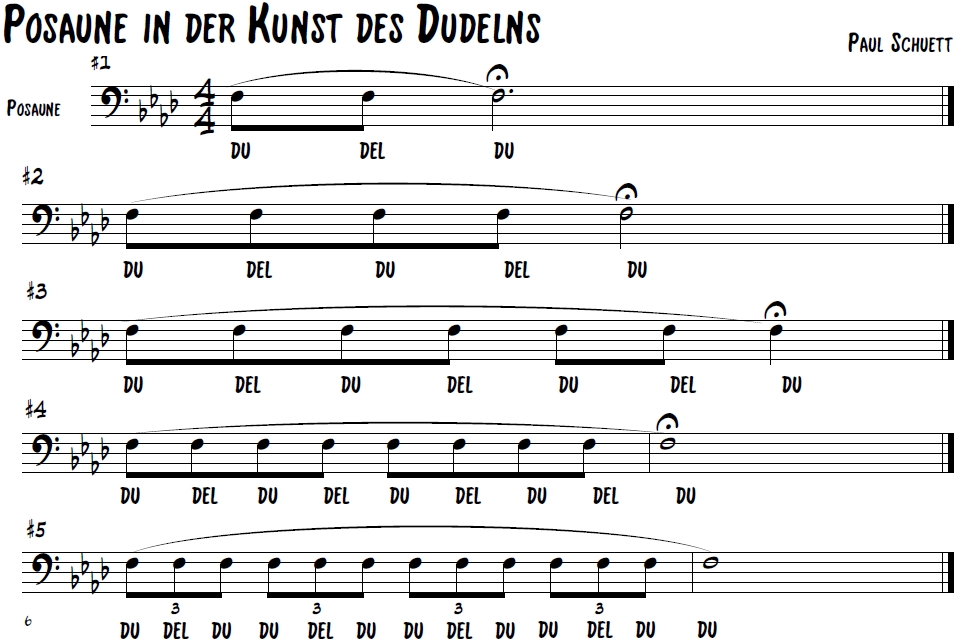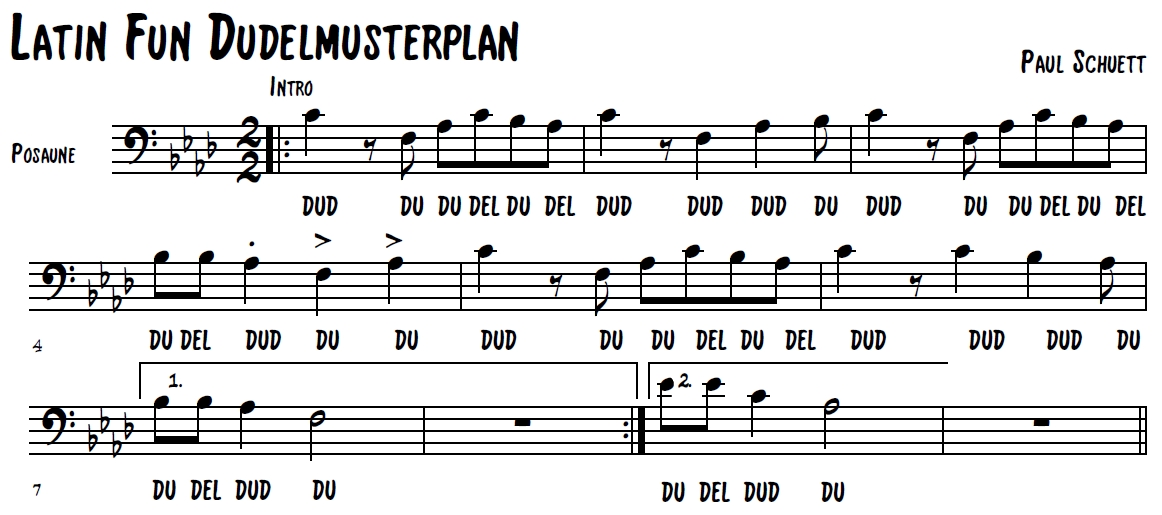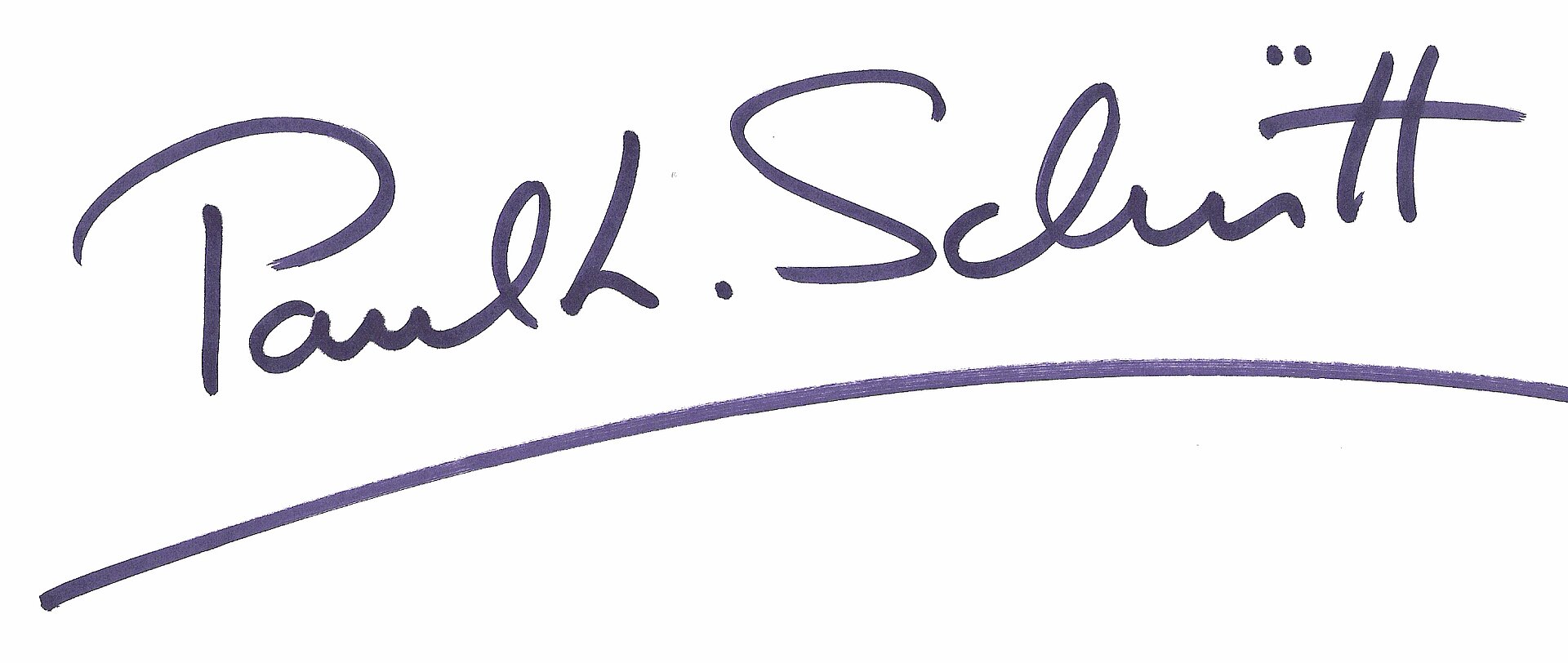Introduction
Today, the expression "what’s that you’re doodling" will get a whole new meaning. To be on the safe side, I’d like to add that this should not be taken as an insult. The question I’m interested in is: what’s that you’re doing and how do you do it?
This workshop is about quick, smooth movements of the tongue. "Regular", simple tongue movements can only be so fast and are impossible to achieve at high tempos.
To allow you to try out the doodle tonguing technique at the end of this workshop, I have prepared the song "Latin Fun" as an m4A file and a PDF, which you can download and play along to.
Fast tonguing, also known as double or triple tonguing, is based on the syllables "taka" or "teke" (double) and "tataka" or "teteke" (triple).
In the "Where is my head" section of my second Jay workshop about breathing exercises for trombone, I mentioned the importance of almost singing what you want your instrument to "amplify".
Doodle tonguing is based on the syllables "doodle" or "duddel" for double tonguing and "doodledoo" or "duddelduh" for triple effects. Even though it is called "doodle tonguing", the last syllable is always a "doo", "da" or "ta", because "el" is too spongy and limits the airflow.
Doodle Pattern Plan For The Song "Latin Fun"
Doodle tonguing involves alternations between single and doodle tonguing. I therefore recommend devising a doodle pattern, or a serial syllable pattern, which you will use to practice the subject. Here is the doodle pattern "to go" you could practice almost anywhere. Careful: this exercise may be addictive.
DOOD, DOO DOODLE DOODLE DOOD, DOOD DOOD DOO DOOD, DOO DOODLE DOODLE
DOODLE DOOD DOO DOO DOOD, DOO DOODLE DOODLE DOOD, DOOD DOOD DOO
DOODLE DOOD DOO.
Here is what I actually meant to say: enjoy this exercise.
The m4A demo and the chord sequence for your own band can be downloaded from the JUPITER website at www.jupiter.info. You will find it in the "Knowledge Base" > Pro tips" > "Trombone" section.
The song "Latin Fun" was taken from my book "Rock Pop Latin", published by Artist Ahead Musikverlag. Unfortunately, this book is no longer available. It was replaced by "Rock Pop Latin Swing", which can still be purchased. Used copies of those books (for all instruments) can be purchased from Amazon. See also www.artist-ahead.de for other books that cover a variety of subjects.
But for now, have fun.
Downloads
Please save the files with right click and 'save as':
Dudel #1-#5 (PDF)
Dudel Muster Latin Fun (PDF)
Latin Fun Chords (PDF)
Latin Fun kpl Bassschlüssel (PDF)
Latin Fun (mp3)




